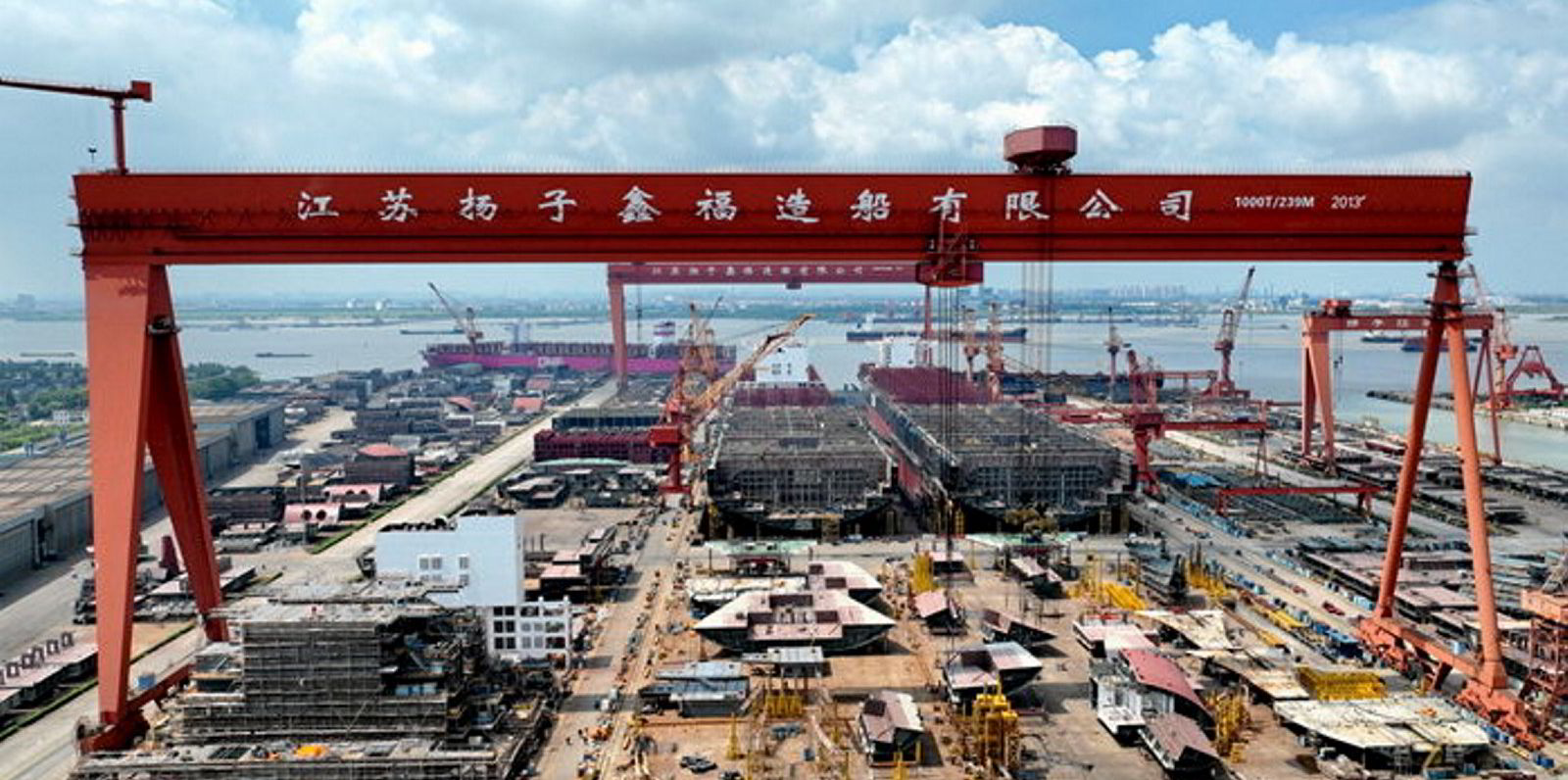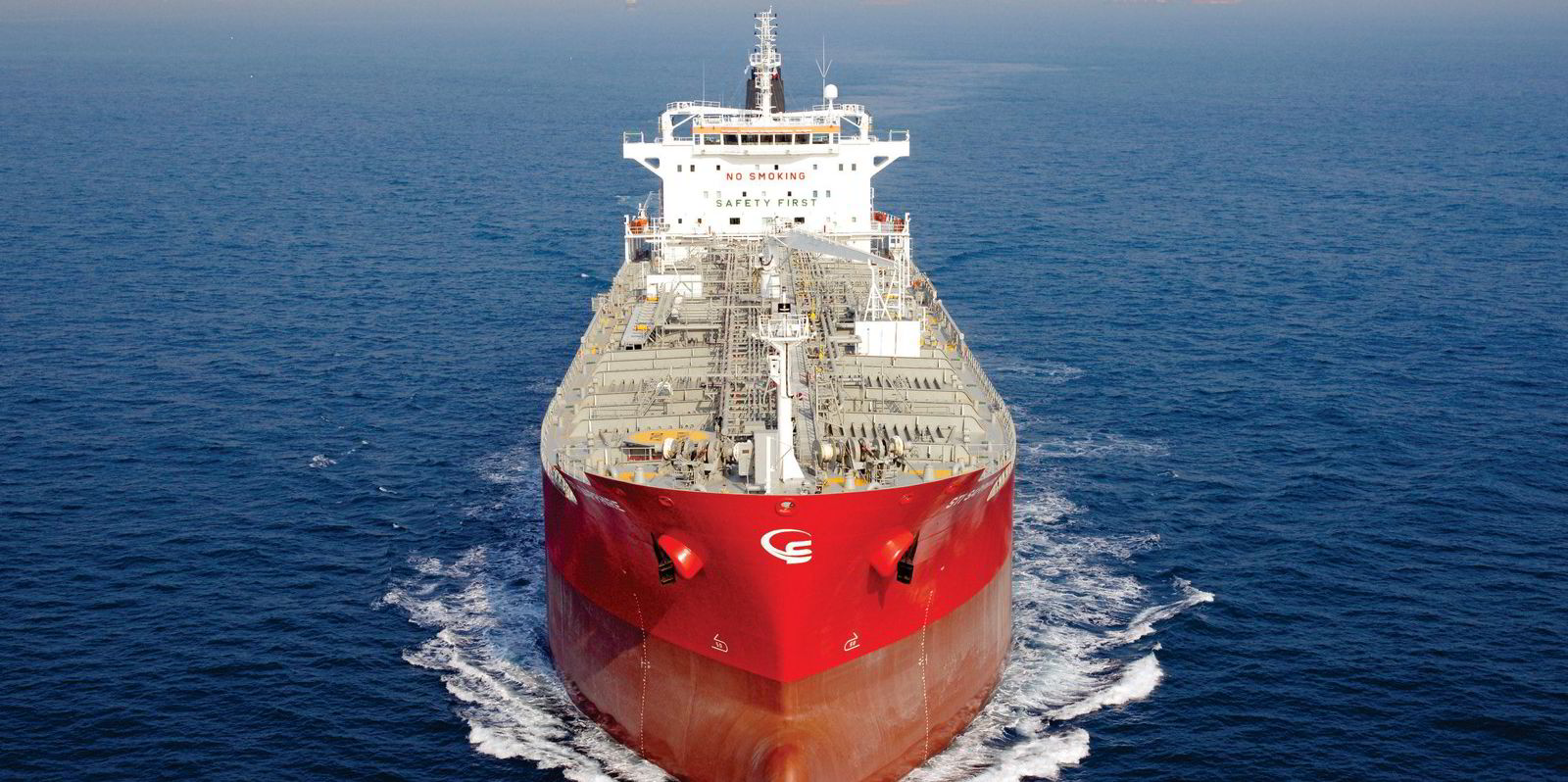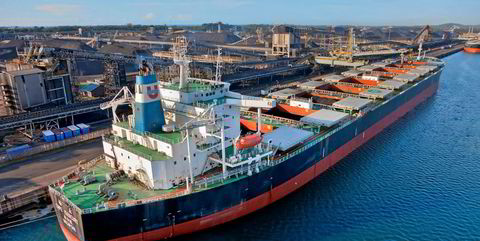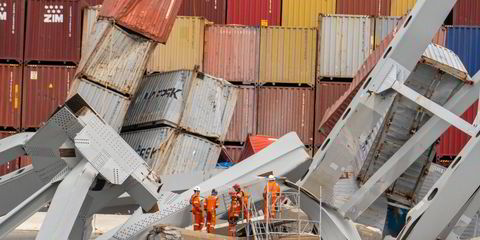Strong earnings for LR2 product carriers are likely to continue into 2026 despite the versatile ships accounting for the highest newbuilding orders within the tanker sector, according to Norwegian shipbroker Steem1960.
Owners have placed 64 LR2 newbuilding orders so far this year, more than 2021 and 2022 combined, driving likely fleet growth of 10% in 2025. That will be the first year since 2020 when the fleet increases more quickly than tonne-miles.
Earnings have rocketed on the back of longer-haul voyages amid changes in refinery patterns and Europe looking further afield to replace Russian oil products following the invasion of Ukraine, according to a report by the shipbroker into the performance and prospects for the LR sector.
The shipbroker said it expected average time charter equivalent (TCE) rates of more than $35,000 this year before they edge upwards and top $40,000 in 2026. The current state of the market is built on a surge in rates in 2022 when some routes recorded rises of more than 300% during the year.
“The strong 2022 means cash-rich owners are now eager to look towards the future, and while second-hand markets remain active, newbuild orderings have started increasing,” said the report.
The bullish sentiment around the broader crude and product tanker sector has been driven by a 30-year low in the orderbook, record global demand for oil and reshuffling of trade routes in the aftermath of Russia’s invasion and Western-led sanctions.
High prices for tanker newbuildings and uncertainty over the choice of new fuels have made owners wary of turning to shipyards and have instead focused on harvesting higher rates that have emerged from longer-haul tanker voyages.
The comparatively high orders for LR2s over other sectors reflect the caution of owners who are plumping for the versatility of the vessels that can haul clean or dirty products as well as low. LR2 orders currently stand at 25% of orderbook compared to just 6% for uncoated aframaxes that can carry only crude.
Steem1960 said it anticipated 92 LR2s scheduled for delivery over the next three years. The current trading fleet stands at more than 410 LR2s, according to shipbroker Braemar.
But Steem1960 said the rise of ordering did not necessarily mean that owners were “building themselves out of the good times”.
It cited the dearth of orders for uncoated aframaxes despite an older age profile than the LR2s. By the end of 2023, 44% of the uncoated aframax fleet will be aged over 15 years compared to 18% of LR2s, according to Braemar.
“We believe the lack of aframax orderings is not due to a lack of faith in the uncoated markets, but an increased desire for flexibility,” said Steem1960.
“Owners with coated vessels have traditionally enjoyed the flexibility to choose the best of both worlds, but the increased volatility after the outbreak of the war in Ukraine has truly shown how coated owners can maximise the potential of these vessels.”
Fearnley Securities, the banking arm of the Norwegian shipbroking giant said on Friday, that LR2s were earning $30,000 per day and MRs trading in the Pacific $34,000 per day as the market shifts into the typically strong Northern Hemisphere winter.
“It could be a particularly strong market should we get a cold winter in Europe,” analyst Oystein Vaagen said.
Among those ordering LR2s in 2023 are Idan Ofer’s Eastern Pacific Shipping, which struck a deal with Guangzhou Shipyard International (GSI) for up to four LR2s.
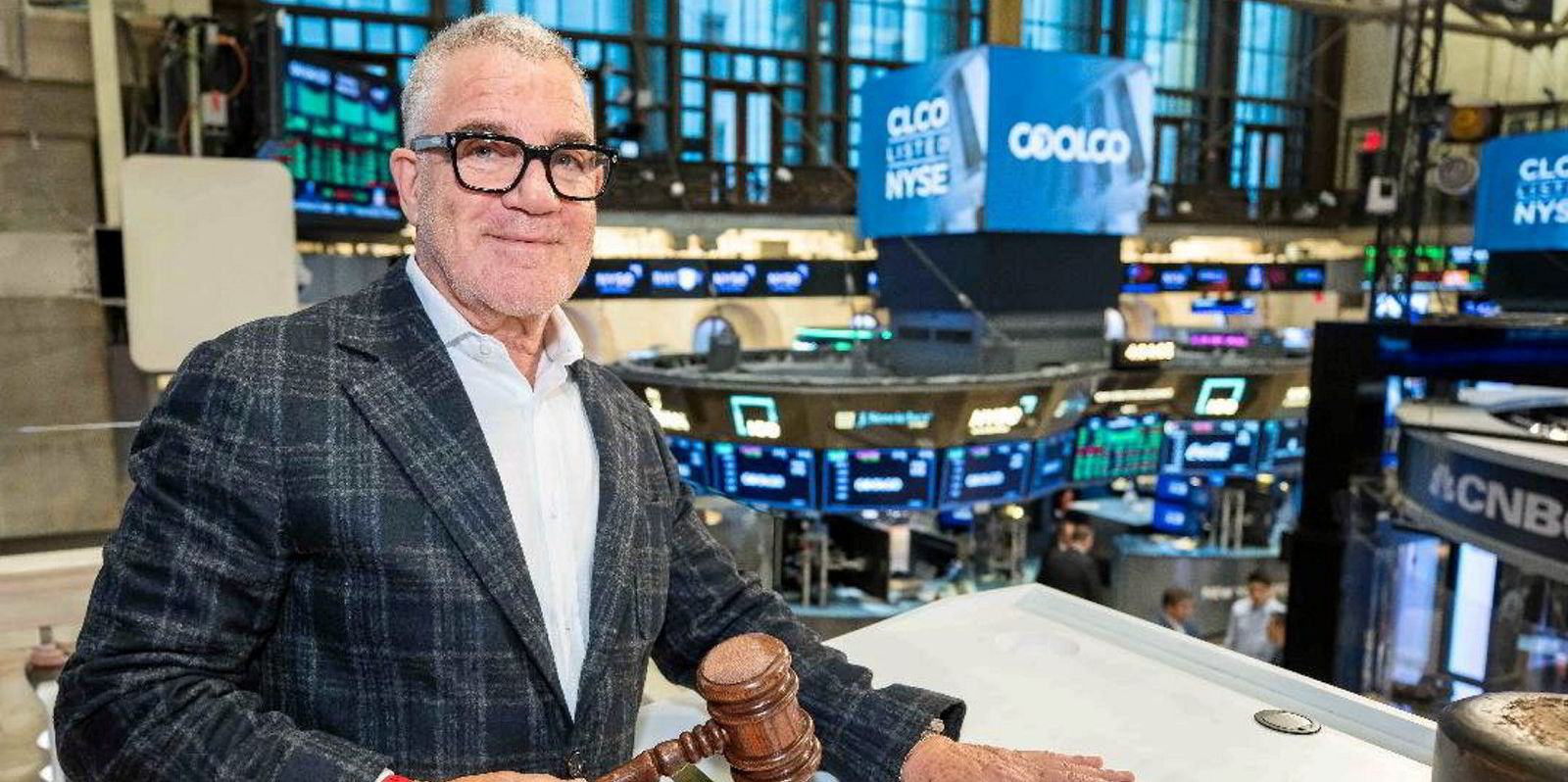
Greek shipowner Dynacom ordered 10 firm vessels plus options for an additional four ships at DSIC Shanhaiguan Shipbuilding Industry, a subsidiary of Dalian Shipbuilding Industry Co.
The strong demand for LR2 tankers has allowed Shanghai Waigaoqiao Shipbuilding to revive Shanghai Shipyard, which delivered its last vessel in 2019.
Read more
- Torm’s Meldgaard says two LR2 product tankers fixed as new exports flow from China to Europe
- Bahri beefs up product carrier fleet in term deals for AMPTC LR2 product tanker newbuilds
- Product tanker rates hold at healthy levels on high refinery margins
- Product tankers to get a boost as VLCC ‘cannibals’ dwindle, Hafnia’s Mikael Skov says
- Greek shipowner mulls spectacular asset play as product tanker triples in value
